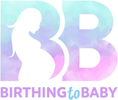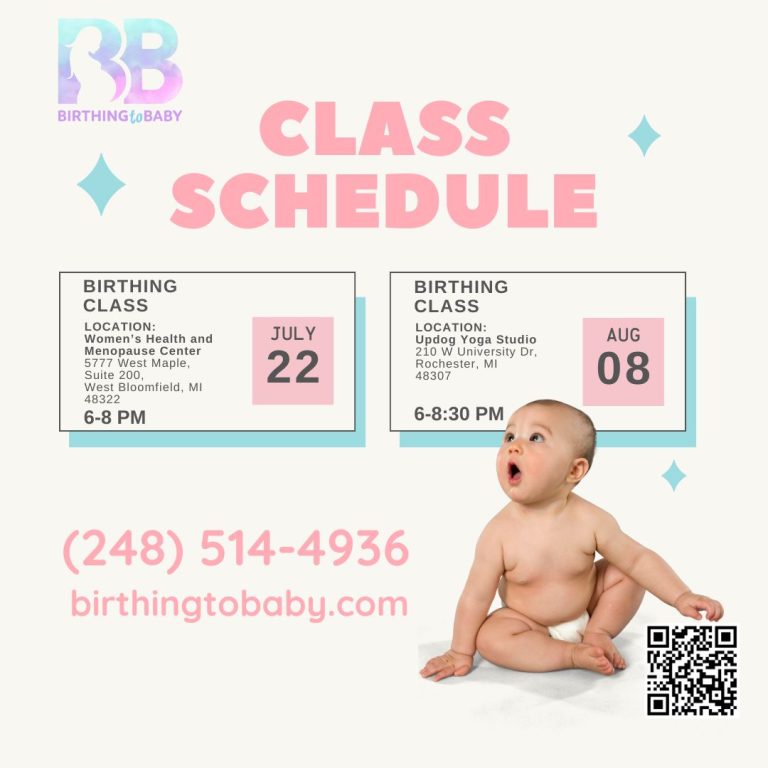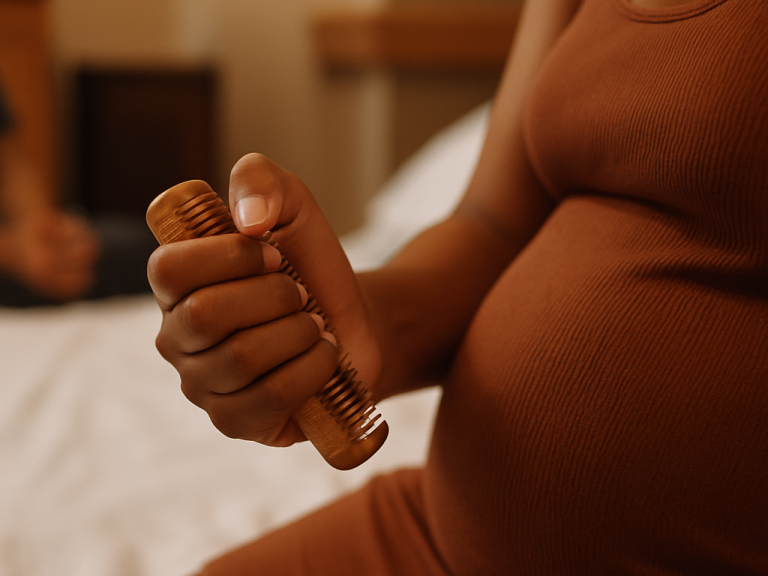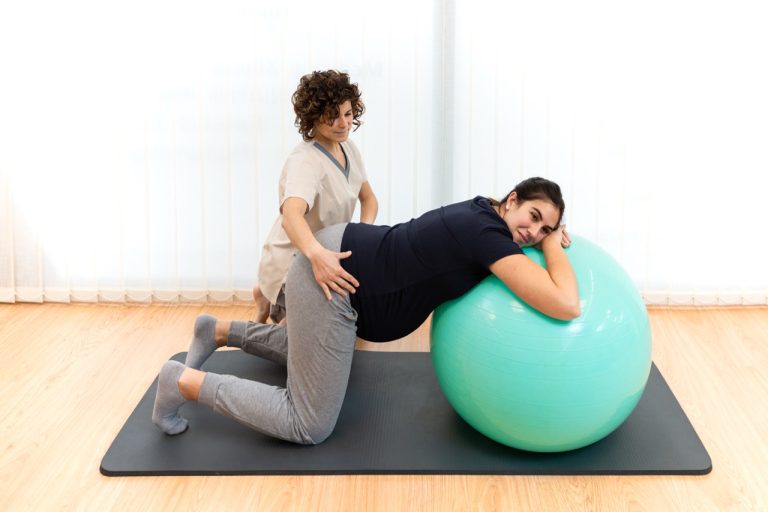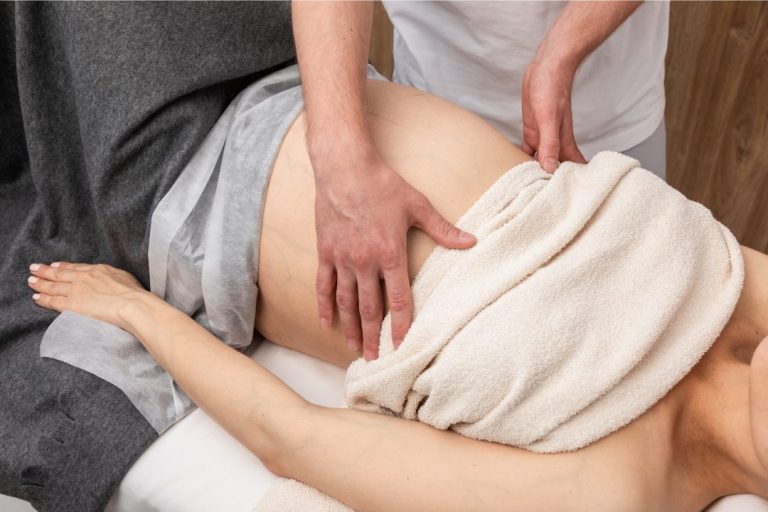Safe Sleep Practices for Newborns: A Parent’s Guide
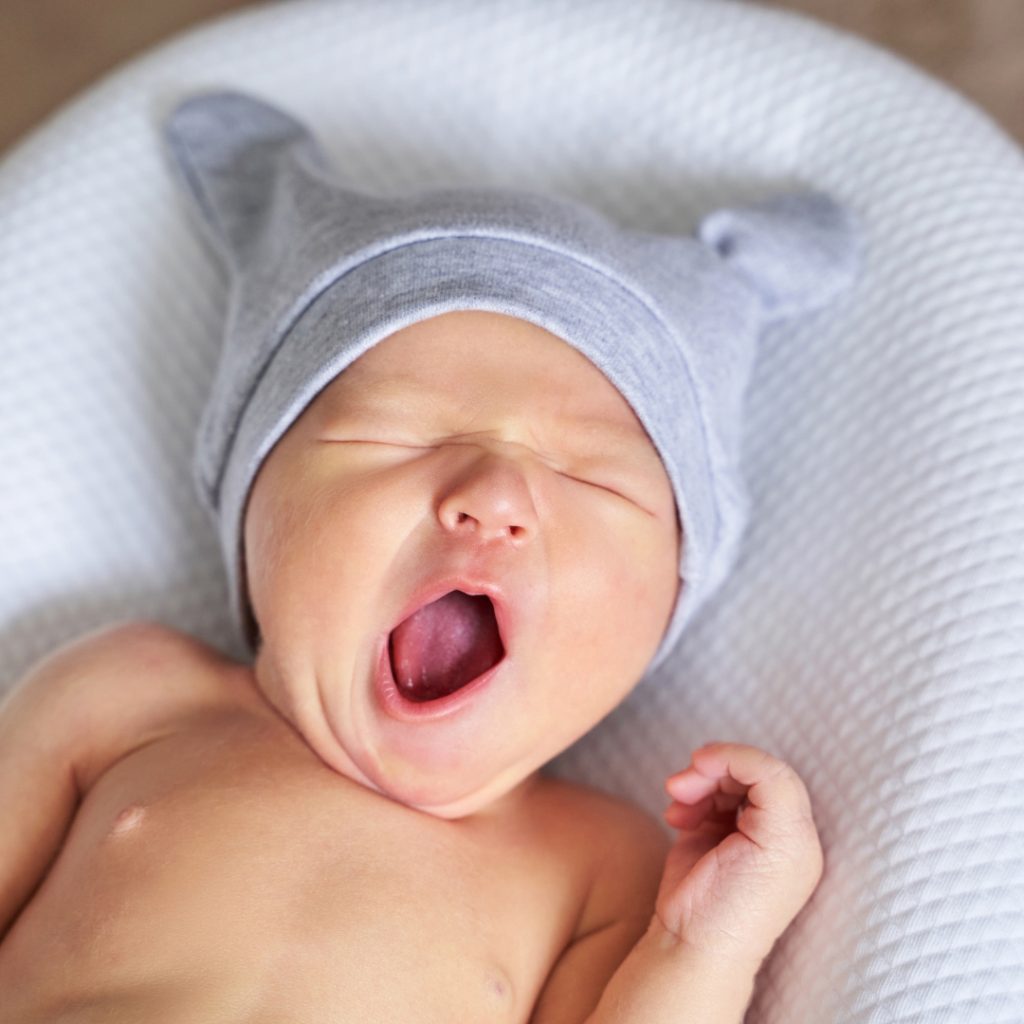
Ensuring a safe sleep environment is one of the most important things you can do for your baby’s health. Safe sleep practices reduce the risk of Sudden Infant Death Syndrome (SIDS) and create a secure, restful space for your newborn. The golden rule? Always place your baby on their back to sleep—whether it’s for naps or nighttime. Stomach sleeping increases SIDS risk, so even if your baby seems more comfortable that way, back sleeping is safest.
A firm, flat mattress in a crib or bassinet is essential. Avoid soft bedding, pillows, or stuffed animals, as they pose suffocation hazards. The crib should be bare except for a fitted sheet. Crib bumpers—even breathable mesh ones—are not recommended due to entrapment risks. Room-sharing, not bed-sharing, is best; keeping the crib near your bed allows easy access while ensuring safety.
Keep your baby’s sleep space cool, ideally between 68-72°F (20-22°C), and smoke-free. Overheating increases SIDS risk, so dress your baby in light layers or a sleep sack instead of blankets. Offering a pacifier at bedtime can also help reduce SIDS risk, but there’s no need to replace it if it falls out after your baby falls asleep.
Following these simple guidelines—placing your baby on their back, using a firm mattress, avoiding loose bedding, and maintaining a cool, clutter-free sleep environment—ensures a safer, more restful sleep for your little one. What are your go-to safe sleep practices? Share in the comments!
